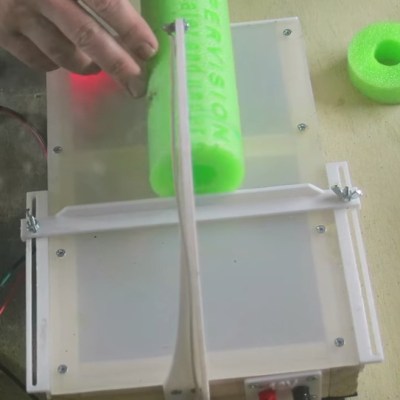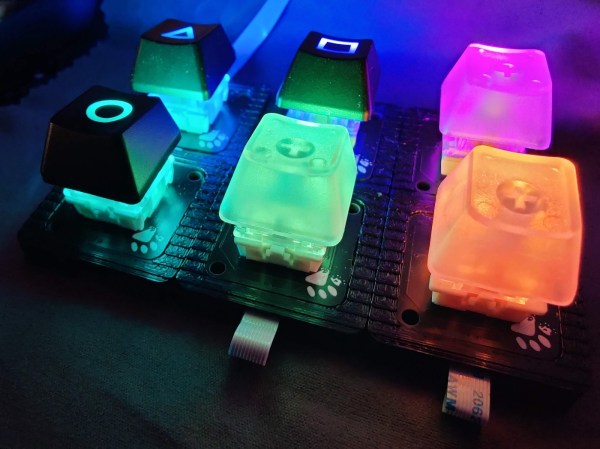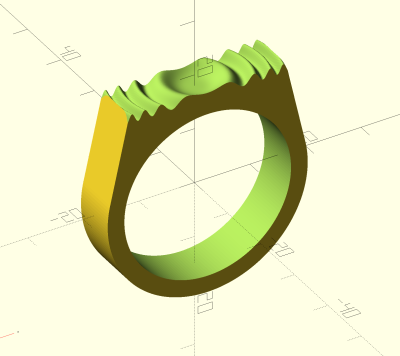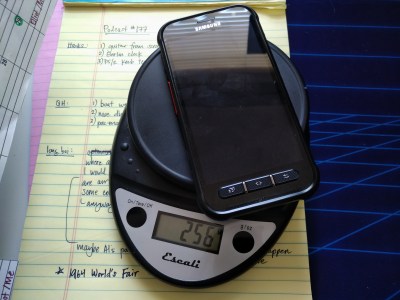This week, Editor-in-Chief Elliot Williams and Assignments Editor Kristina Panos convened in a secret location to say what we will about the choicest hacks of the past week. We kick things off by discussing the brand new Cyberdeck contest, which is the first of it’s type, but certainly won’t be the last. In other contest news, we recently announced the winners of the Hack it Back Challenge of the Hackaday Prize, which ran the gamut from bodysnatching builds to rad resto-mods and resto-recreations.
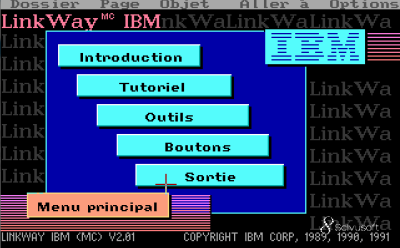
Taking top honors in wow factor this week is [Stuff Made Here]’s jigsaw puzzle-solving robot. This monster can currently tackle small laser-cut puzzles, but is destined to solve an all-white 5000-piece nightmare once all the engineering pieces have come together.
Then we took a field trip to Zip Tie City, where the plastic’s green ♻ and the wiring’s pretty, admired volcano nuts from afar, and briefly considered the idea of a 3D printer with a heating zone of programmable length.
Finally, we take a look at a creatively destructive robot that’s akin to a useless machine, bloviate about books you should read, and dance around the topic of learning by playing.
Check out the links below if you want to follow along, and as always, tell us what you think about this episode in the comments!




